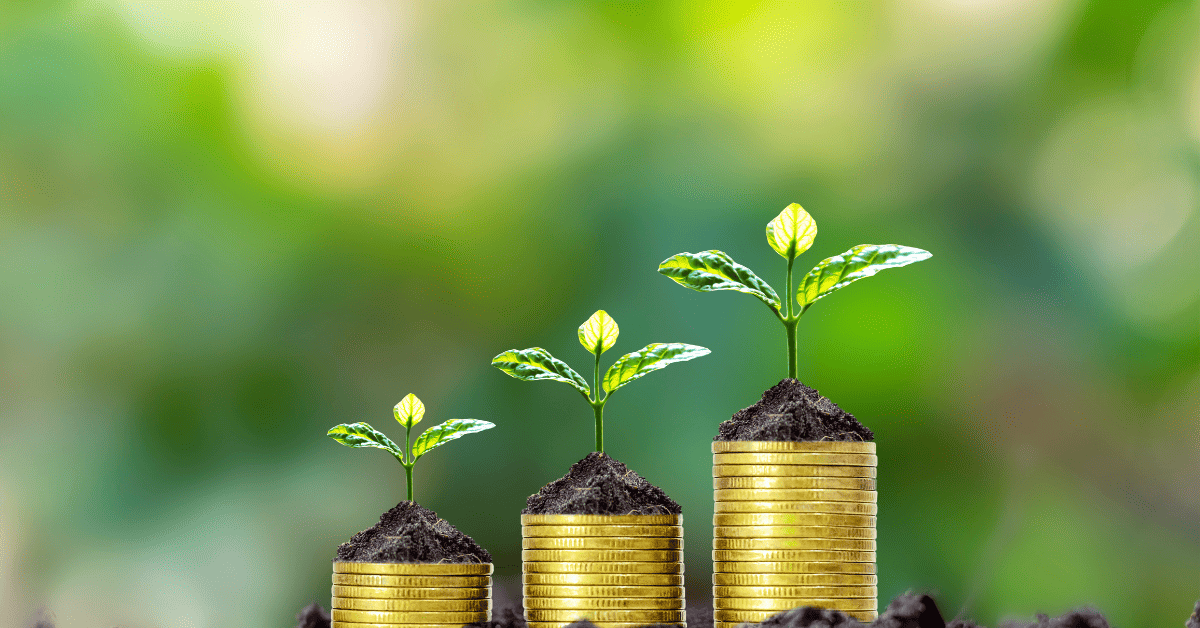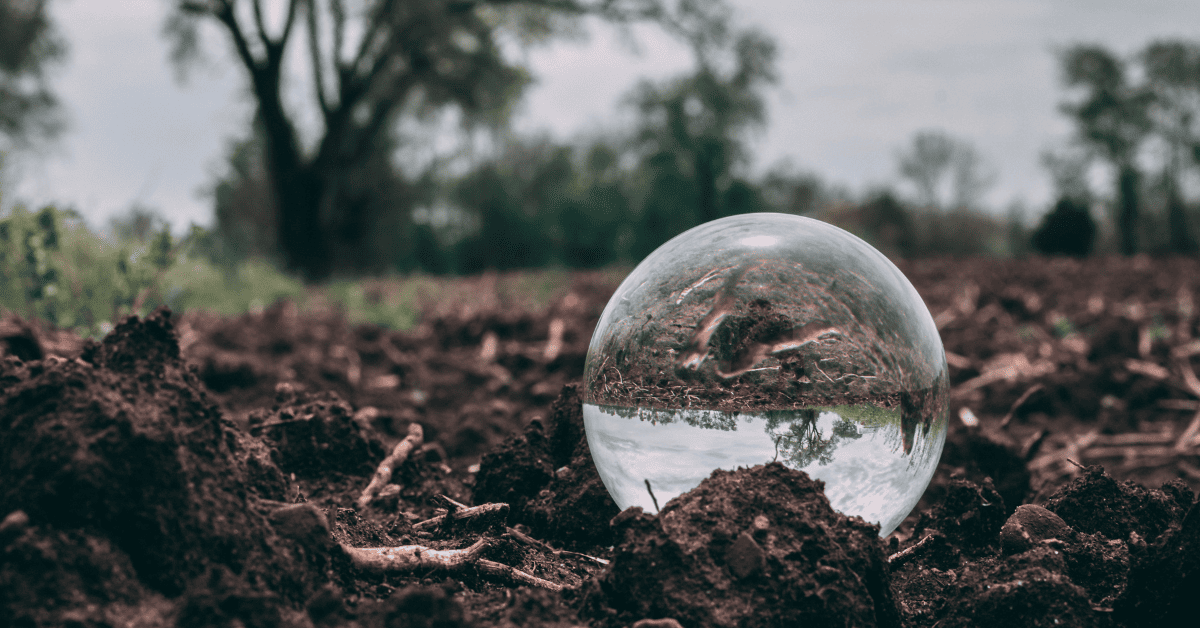Biochar Carbon Removal: The CDR Technology Gaining Global Attention
In May 2025, a groundbreaking development shook the climate tech sector: Microsoft signed the largest biochar carbon credit procurement agreement in history with carbon removal company Exomad Green. This deal also ranks among the largest durable carbon dioxide removal (CDR) agreements to date. Over the next 10 years, Microsoft will purchase over 1.24 million tonnes of CO2-equivalent carbon removals from a biochar pyrolysis project in Bolivia. The transaction is certified under the Puro.earth standard and supported by Carbon future's digital MRV (Monitoring, Reporting, Verification) system to ensure transparency and traceability. This record-setting deal sends a strong signal: biochar is becoming one of the hottest carbon removal technologies in the voluntary carbon market.
Since announcing in 2020 its plan to become carbon negative by 2030, Microsoft has actively invested in CDR. It previously supported pathways such as Direct Air Capture (Climeworks), mineralization (Heirloom), and enhanced weathering (Lithos). However, the deal with Exomad Green marks its first large-scale investment in biochar. Why biochar? Compared to other CDR approaches like DAC (Direct Air Capture) or BECCS (Bioenergy with Carbon Capture and Storage), what makes biochar stand out?
Beyond carbon removal, biochar improves soil structure, enhances water retention, and promotes microbial biodiversity, offering long-term agricultural benefits. It is especially suited for restoring degraded land, making it a solution with both climate and ecological value.
As shown above, biochar holds a strong competitive position across permanence, cost, and co-benefits—an attractive option for companies seeking high-quality, verifiable carbon credits.

In a future where carbon regulations tighten, carbon removal technologies with proven permanence and commercial readiness will be most favored. Biochar is such a solution—one that not only removes atmospheric CO2 but also supports a green circular model: transforming agricultural waste into biochar, locking carbon, monetizing credits, and reinvesting in sustainable agriculture. On the road to net-zero, biochar is more than a technology—it's a bridge connecting ambitious climate targets to tangible action.
Since announcing in 2020 its plan to become carbon negative by 2030, Microsoft has actively invested in CDR. It previously supported pathways such as Direct Air Capture (Climeworks), mineralization (Heirloom), and enhanced weathering (Lithos). However, the deal with Exomad Green marks its first large-scale investment in biochar. Why biochar? Compared to other CDR approaches like DAC (Direct Air Capture) or BECCS (Bioenergy with Carbon Capture and Storage), what makes biochar stand out?
What is Biochar?
Biochar is a stable, carbon-rich solid material produced by the pyrolysis of biomass such as agricultural waste, wood chips, straw, and rice husks in an oxygen-limited environment. The pyrolysis process stabilizes the carbon in biomass that would otherwise decompose and release CO2, effectively locking it in solid form for over a century.Beyond carbon removal, biochar improves soil structure, enhances water retention, and promotes microbial biodiversity, offering long-term agricultural benefits. It is especially suited for restoring degraded land, making it a solution with both climate and ecological value.
Main CDR Technologies: Biochar's Competitive Edge
| Technology Type | Permanence | Price (USD/tCO2) | Maturity | Deployment Cost |
| Biochar | >100 years | 165 | High | Low-Medium |
| Direct Air Capture (DAC) | >1000 years | 316 | Medium | Very High |
| BECCS | >100 years | 227 | Medium | High |
| Mineral Carbonization | >1000 years | 827 | Medium | Very High |
| Enhanced Weathering | 10–50 years | 308 | Medium | Medium-High |
As shown above, biochar holds a strong competitive position across permanence, cost, and co-benefits—an attractive option for companies seeking high-quality, verifiable carbon credits.
Why is Biochar Carbon Removal Especially Suitable for the Voluntary Carbon Market?
High Technical Maturity
The core production method of biochar—pyrolysis carbonization—has a long history. Terra Preta is a famous example of ancient societies using biochar to improve soil. At present, a wide range of biochar kilns and pyrolysis equipment have reached commercial scale, delivering stable and efficient biochar outputs. While DAC, BECCS, and enhanced weathering are still in early-stage or pre-sale phases (ex-ante credits), biochar is already operating at scale as an ex-post solution. In addition to Puro.earth, Verra released an updated VM0044 methodology in 2023, providing more global recognition and standardization for biochar CDR projects.High Cost-Effectiveness
Biochar offers outstanding cost efficiency. Compared to other CDR technologies, it has lower entry barriers in terms of technology, equipment, and land requirements, making it suitable for rapid deployment and scalable replication. The average market price for biochar carbon credits is about $165/tCO2, offering solid economic appeal. According to CDR.fyi's 2024 report, biochar CDR projects saw rapid market growth, with transaction volumes rising sharply and sales revenue growing by around 200% year-on-year. Additionally, many developing countries have abundant biomass resources and lower labor costs, positioning them as ideal regions for biochar deployment that can also promote green employment and technology transfer.
Flexibility and Scalability
From small-scale biochar making machines to large continuous pyrolysis plants, developers can tailor project sizes based on regional biomass availability and policy support. These projects can be deployed in various contexts, from African agricultural regions and Southeast Asia's palm waste hubs to small farms in Europe. Many modern pyrolysis units feature modular designs. Investors can start small, evaluate performance, and scale up over time, significantly reducing financial risk.Stable Delivery
Unlike highly technical CDR methods like DAC, biochar projects have shorter development timelines and faster credit delivery cycles. As the VCM increasingly demands quantifiable, verifiable, and scalable solutions, biochar shines in all three. According to CDR.fyi 2024 data, biochar leads in total delivery volume, number of projects, and contract fulfillment rate. It also holds the highest order volume, demonstrating strong buyer confidence.In a future where carbon regulations tighten, carbon removal technologies with proven permanence and commercial readiness will be most favored. Biochar is such a solution—one that not only removes atmospheric CO2 but also supports a green circular model: transforming agricultural waste into biochar, locking carbon, monetizing credits, and reinvesting in sustainable agriculture. On the road to net-zero, biochar is more than a technology—it's a bridge connecting ambitious climate targets to tangible action.




.jpg)

